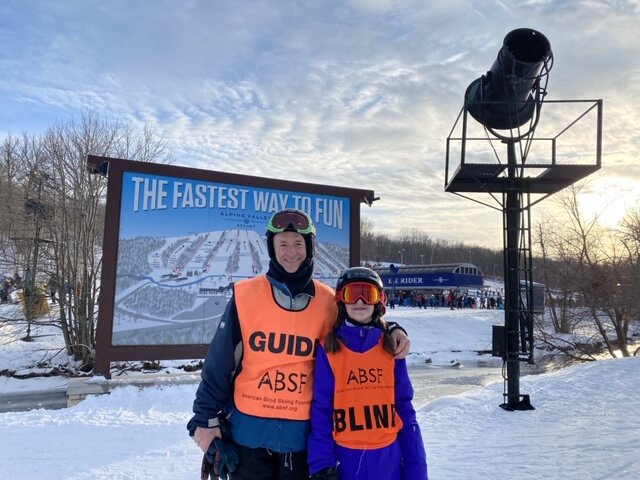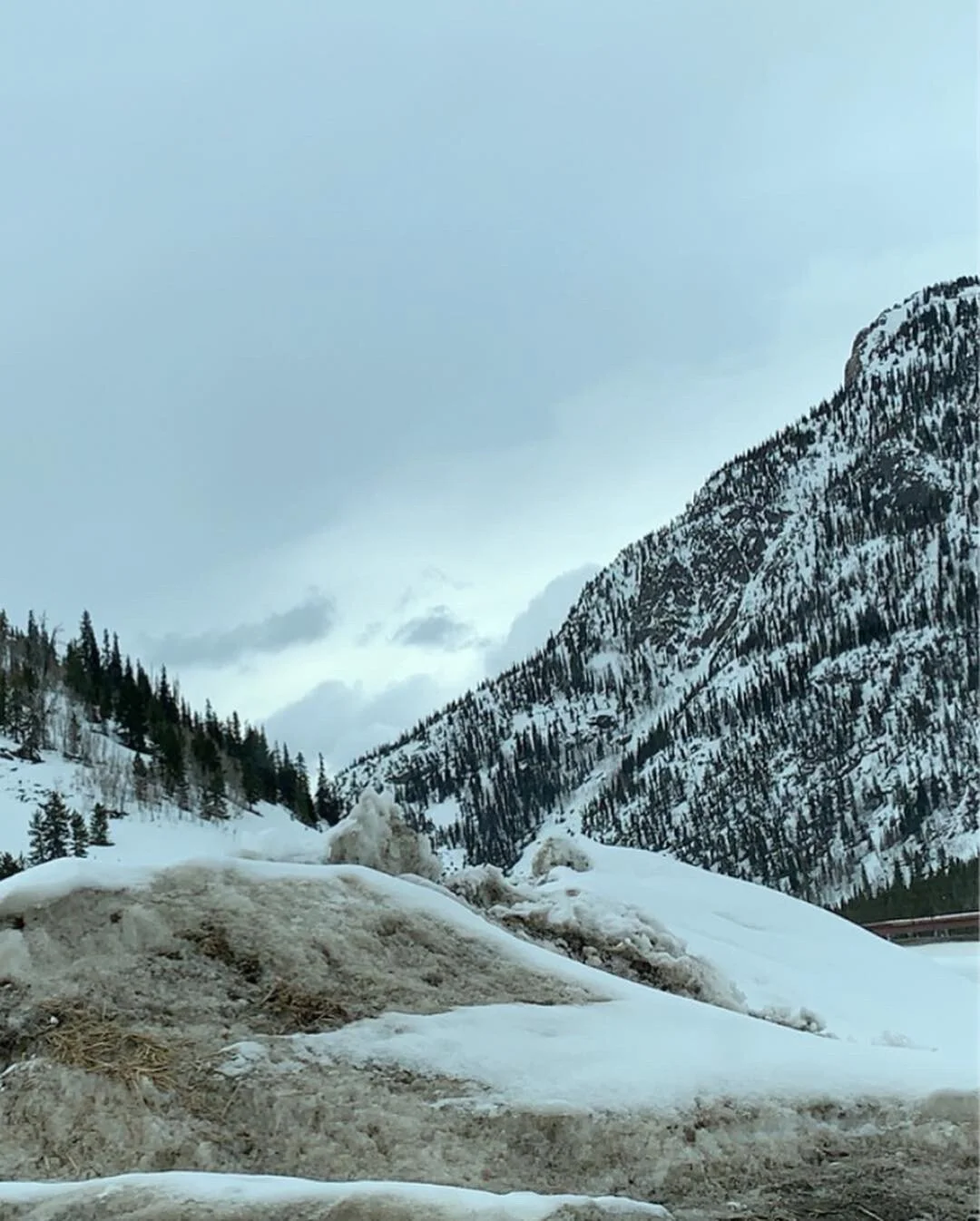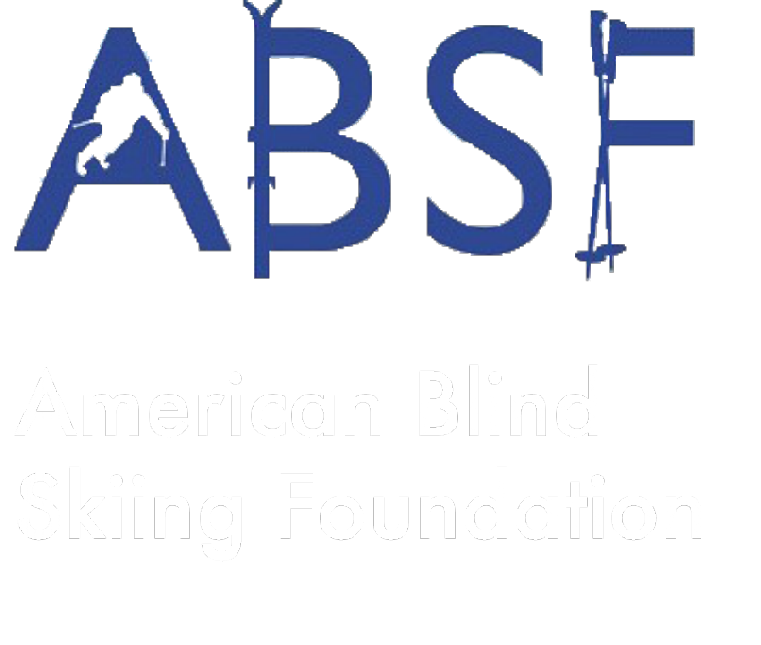
How it works.
Our Program - How and Why:
Some may say…how in the world are blind people able to ski or snowboard….and why would they want to? Good question! Here is the answer. Alpine or downhill skiing and snowboarding is open to all levels of blind and visually impaired children and adults through the American Blind Skiing Foundation. We encourage all blind and visually impaired skiers and snowboarders to learn to ski with us. Once a blind or visually impaired skier decides they want to try the sport of skiing or snowboarding, here is what happens:
The blind skier meets with an ABSF instructor, and assistant if needed, who reviews visual acuity, medical history and other physical characteristics that would come into play while skiing.
After becoming comfortable their guide and they are introduced to their equipment, they learn by touch, feel all the parts of the skis, and poles or snowboard, and are briefed on how they work.
The student learns to stand on the skis/snowboard, feel the weight, balance and become comfortable with every nuance of the equipment. This is all done on a flat and stable surface.
Once they are acclimated to the equipment and have a sense of balance, they learn to feel the edges and put pressure or weight the ski (this will help them learn to turn the ski or snowboard)
The skier/boarder is then introduced to the bunny slope. The ABSF instructor works with the skier in this safe environment until they have a feel for edging, standing, stopping, getting up and initiating turns on the skis.
When the skier/boarder is comfortable, they venture onto the chairlift and are trained on how to load and unload with the instructor by their side
Once on the bigger hill, they will learn to link turns, stop and practice all of the techniques introduced in the earlier sessions.
When these skills are mastered, the instructor will then lead the skier/snowboarder from the front or from behind. (This will be determined by the skill level, confidence and visual acuity of the skier/snowboarder) The instructor will use a combination of audio cues to lead the skier down the hill.
Repeat until it’s time for lunch or a break
So what does the blind or visually impaired person get out of skiing/snowboarding?
A sense of independence. Although the instructor is always there, providing direction, blind skier/snowboarder is ultimately responsible for their own turns and stops.
Self confidence that he/she can accomplish a high adventure physically demanding sport like skiing and snowboarding (something that many sighted people can’t or don’t do)
Knowledge that he/she has challenged themselves in a non-traditional area for a blind or visually impaired person. This knowledge gives the skier the self-confidence to challenge other things in life.
Fun. The wind in their hair, the speed and rush that comes from flying down the hill is indescribable, and it’s good for the spirit.
Social interaction. At the end of the day, the skier/snowboarder sits down with all the other skiers and guides and shares the excitement and adventure of the day.
Convinced yet? Try it…you’ll like it.
Oh, did I mention that our sighted guides have just as much fun?
You cannot give without receiving. Volunteer guides come back year after year to experience the joy, fun and excitement of helping blind and visually impaired children and adults learn to ski. Below are some links to get more information!



